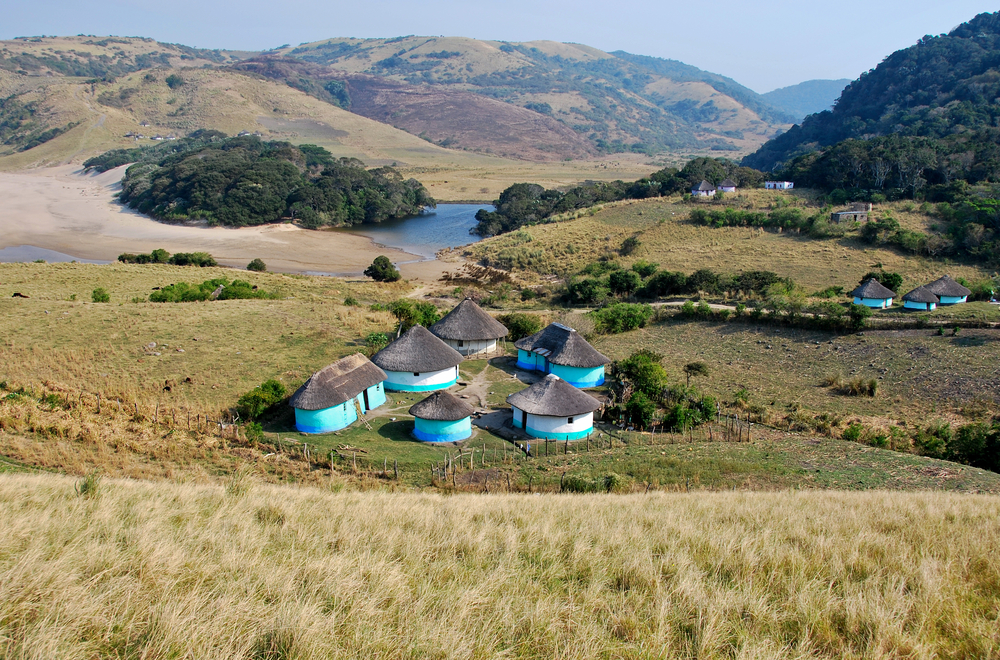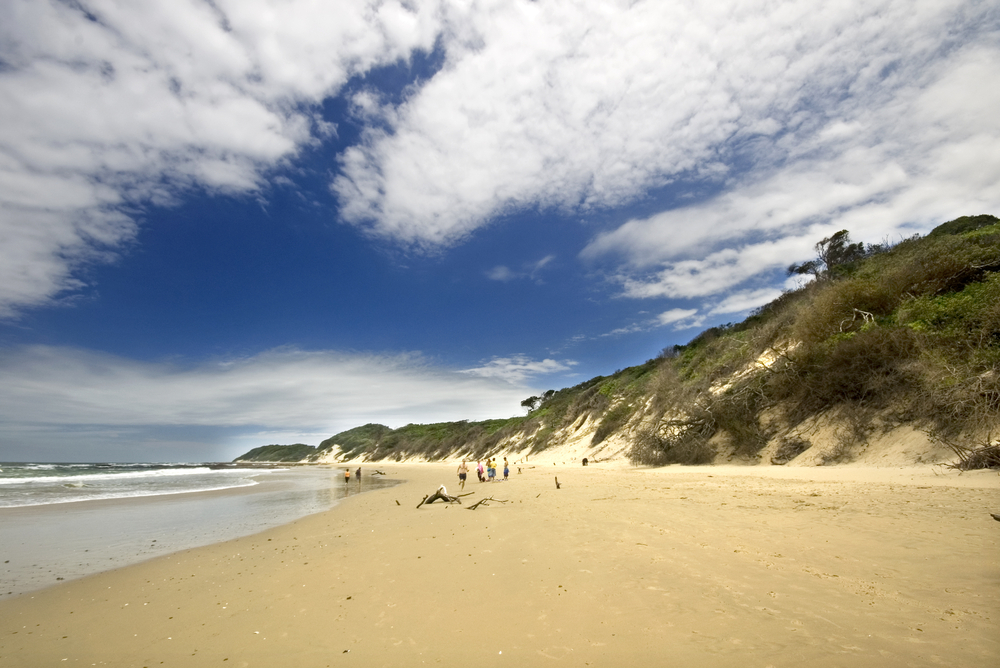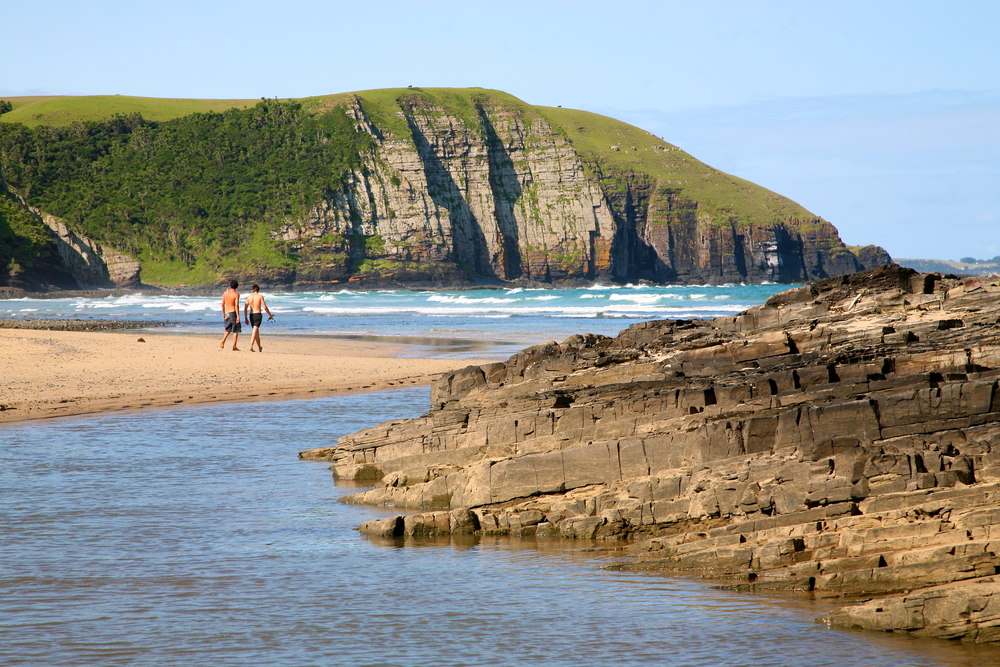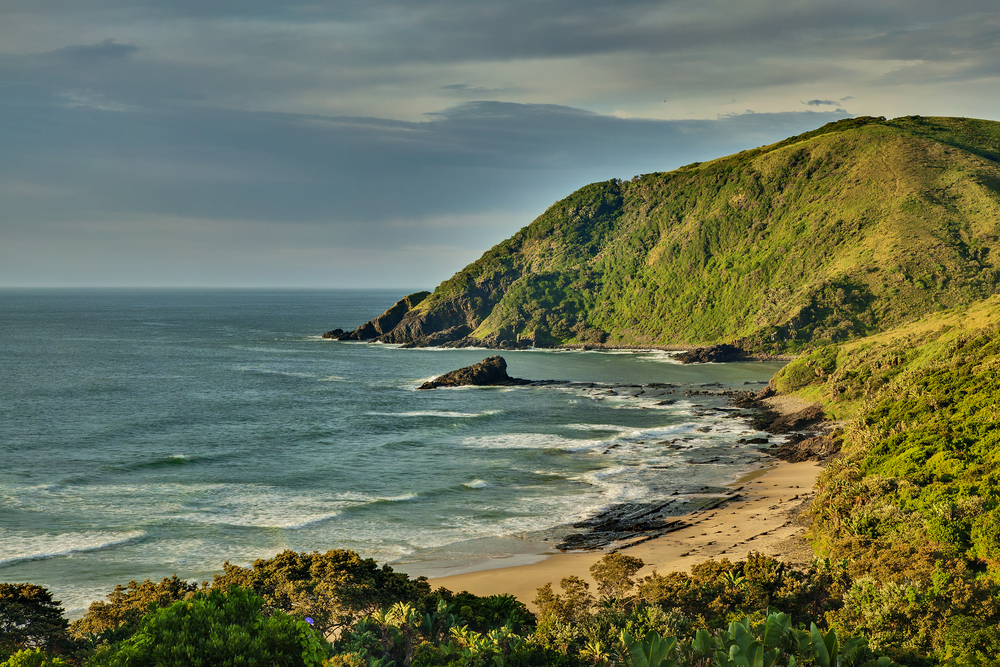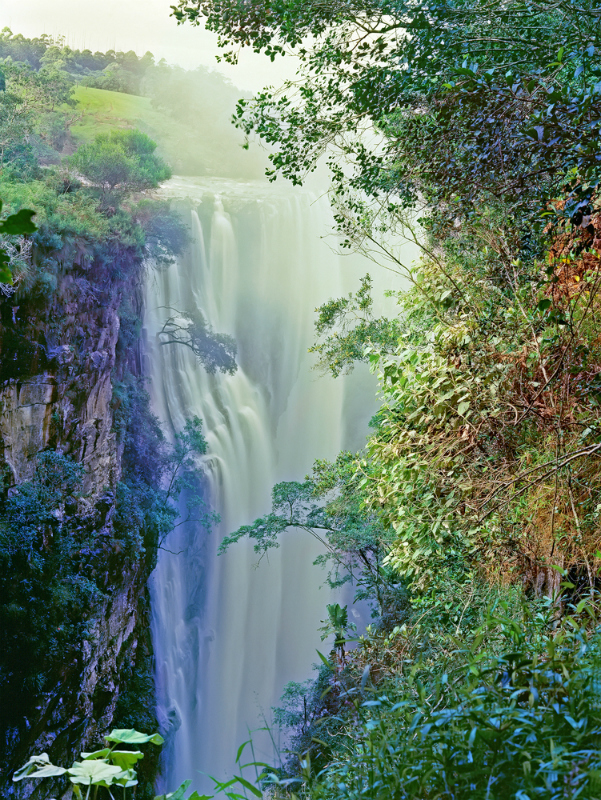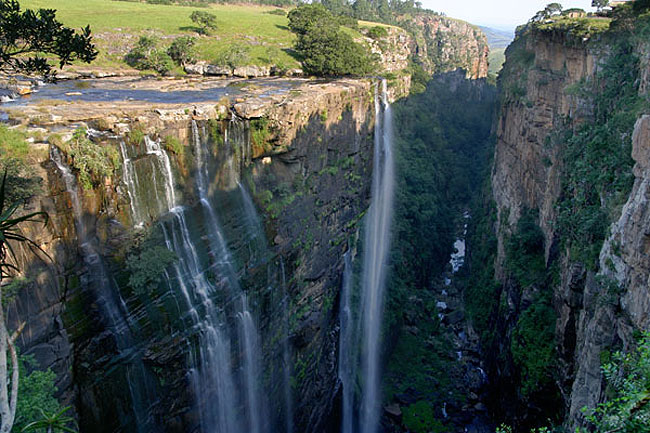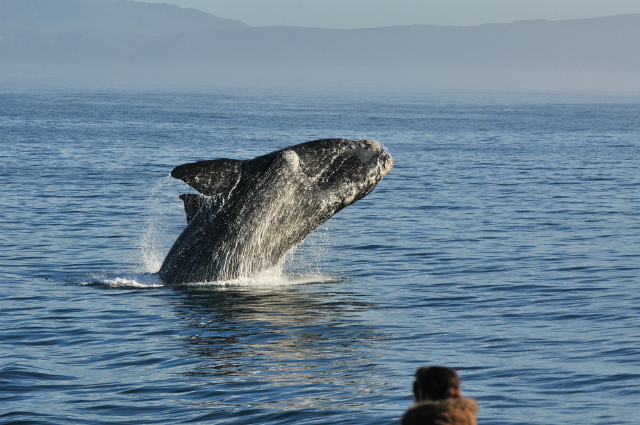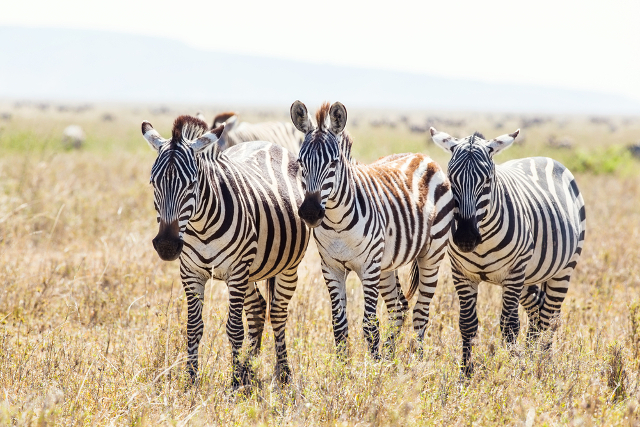Covering a stunning 350-kilometer section of Indian Ocean shoreline in the Eastern Cape, the Wild Coast of South Africa is home to remote beaches, jaw-dropping scenery and the Xhosa people. Here are 15 reasons to visit.
This article originally appeared on AFKInsider.com.
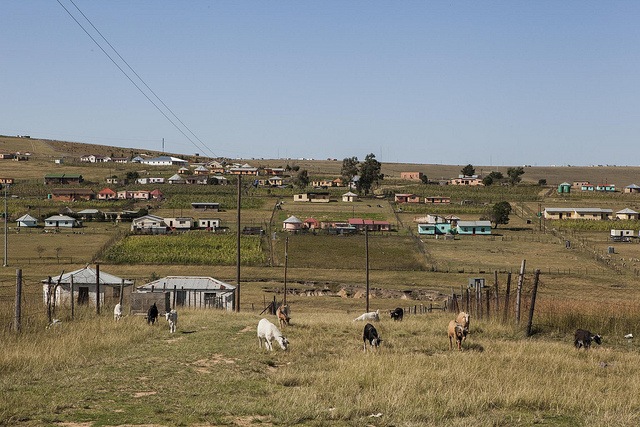
Qunu village, South Africa (Salym Fayad / Flickr)
1. Visit Nelson Mandela’s homeland
Nelson Mandela was born in the village of Mvezo on the Mbashe River, but spent most of his childhood in the village of Qunu, where he is buried. The village is 31 kilometers south of Umtata and there is a museum and memorial to Mandela.
2. …and the forefront of the struggle against apartheid
During the apartheid era the Wild Coast was a homeland known as the Transkei. It played an integral role in South African’s independence struggle and gave birth not only to Mandela but also to Oliver Tambo and Thabo Mbeki.
3. Surf Cintsa
Some argue this is the most beautiful beach in the region. And it is pretty spectacular — a long white sand crescent of unspoiled beach with two small, attractive-looking villages in the hills on either side. There are a good lodging options and decent surfing.
4. Explore Coffee Bay
There’s not much to do in Coffee Bay except worship the sun, play in the surf and relax. If this is up your alley, head to this tiny village where the hostels are big on responsible tourism – both environmental and cultural. Coffee Bay’s beaches are excellent and except for locals fishing on rocks, mostly deserted. High-rise hotels or package tourists won’t be found here. There are numerous hikes in the area as well as opportunities to ride horses along the surf.
5. See the Hole in the Wall
There are a number of stunning walking trails around Coffee Bay and none is more spectacular than Hole in the Wall, an awesome natural hole that has been cut in a cliff-front rock formation by the tide’s endless pounding. Surf splashes through the hole, which is particularly impressive during high tide.
6. Relax in Port St. Johns
The deliciously traditional Port St. Johns is a magnet for hippies, both young and old. This idyllic little town at the mouth of the Umzimvubu River has tropical vegetation, dramatic cliffs, great beaches, a relaxed atmosphere and no traffic lights. It is about as close as you’ll come to the new rural South Africa, with a dominant black population in town.
7. Walk the Strandloper Trail
Lace up the boots and hike the four-day, 57-kilometer Strandloper Hiking Trail between Kei Mouth and Gonubie, which is just outside East London. The trail itself is fairly easy and there are three overnight huts to sleep in along the way. Book in advance to hike this trail at www.strandlopertrails.org.za
8. Sleep in a township
Industrious families in the rambling Mtumbane township on the outskirts of Port St. Johns offer overnight stays in their homes. It’s a unique experience that most find incredibly rewarding.
9. Get back to nature
There are two good nature reserves between Coffee Bay and Port St. Johns, Hluleka and Silaka Nature Reserve. Both offer the chance to walk through dense forests along jagged cliff-strewn coastline and by tidal pools.
10. Lose the pavement
Continue heading northeast on the N2 from Port St. Johns and you enter truly wild country of unspoiled, round green hills, brightly colored local houses and lots of dirt roads leading down into dense old-growth forest before finally hitting the sea. Head towards Mbotyi off Route 61 to really understand the meaning behind the Wild Coast name.
11. Nelson Mandela Museum
Officially opened in 2000, this museum offers visitors an inspiring journey through the life of Nelson Mandela. Mandela himself insisted that the museum should not be a tribute to him, but rather should serve for the betterment and development of the local community.
12. Magwa Waterfall
Slap bang in the middle of South Africa’s last remaining tea estate lies the Magwa Waterfall. It’s one of the few waterfalls on the Wild Coast that is accessible, and so worth the effort to stop and check it out. The curtain of water falls 144m into a narrow canyon. The falls have been said to resemble the Victoria Falls in Zimbabwe/Zambia, though obviously on a much smaller scale.
13. Kwelera National Botanical Garden
Previously known as the Kwelera Nature Reserve, in 2014 an announcement was made that part of Kwelera was to be designated and renamed as South Africa’s 10th National Botanical Garden. While the renaming was the first step, there are ambitious plans to build an education centre, a formal landscaped garden and a walking trail into the remainder of the Kwelera Nature Reserve, which will keep its naturalness intact. There is an abundance of birdlife here, while vervet monkeys bushbuck and duiker can also be spotted. The Strandloper Trail will bring you to the unspoilt beach located within the garden.
14. Dolphin and Whale Watching, Port St. Johns
While in Port St. Johns, make some time to include some on-water wildlife viewing and get up close with these amazing denizens of the ocean. Dolphins are commonly spotted along the coast throughout the year but the best time to see the whales are between May and August. Trips are of course dependent on the weather.
15. Luchaba Nature Reserve
Despite not being yet proclaimed a formal nature reserve (though efforts are being made, the reserve is still on state land), this modest reserve is well worth a look. It tends to be ignored by all and sundry, but contains some unspoiled countryside and is home to a variety of wildlife. Bird watchers will be jittering with excitement at the news that there is evidence (no sightings as yet) of the rare Stanley’s bustard. The reserve is nearby to the Nelson Mandela Museum, and offers the prospect of a relaxing picnic with a view over the Mthatha dam and the ability to spot diverse hoofed mammals such as zebra, wildebeest and various antelope.
Related content on AFKTravel:
Experiencing South Africa’s Wild Coast On A Budget
Road Tripping South Africa’s ‘Wild Coast’
What You Should Know Before Visiting South Africa’s Wild Coast
Want to discover the finer side of Africa? Sign up for our weekly newsletter.
